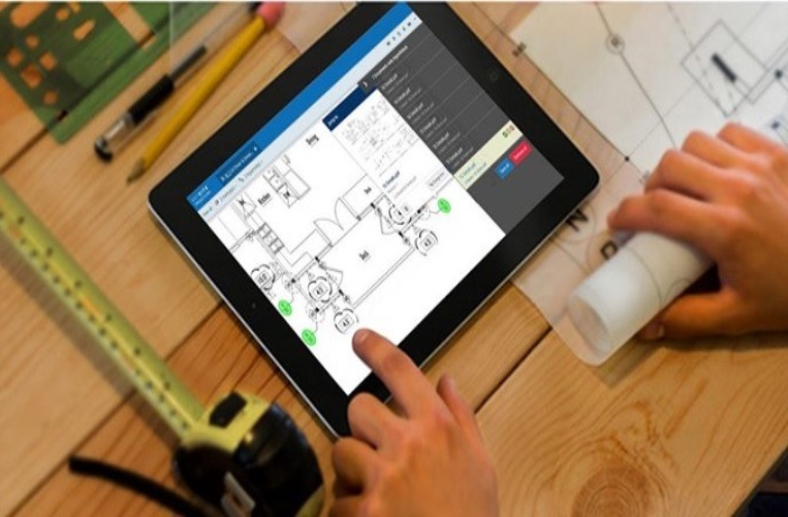Effective drawing management is necessary in industries spanning from construction to manufacturing and more. Drawing management software has emerged as a potent tool to streamline this aspect. Automating the process can help enhance efficiency, reducing error-prone manual tasks and facilitating seamless team coordination. Here are features for effective drawing management tools:
Version Control
Check the version control feature when looking into the specifics of drawing management software. It can help bolster accuracy and minimize errors by providing teams with the latest project versions. This mitigates risks linked to outdated information and reduces the potential for expensive rework. Advanced versioning features allow simultaneous collaboration on a single drawing without overwriting each other’s contributions. All modifications are tracked and visible, fostering accountability and alignment among team members.
User-friendly Interface
An intuitive, user-friendly interface that promotes effortless navigation amplifies a drawing management tool’s value. This feature can accelerate the adoption rate among team members. Users can maximize the tool’s capabilities without delays or a steep learning curve. Features like drag-and-drop functionality, visually appealing and easily understandable icons, and a search bar for quick access to specific drawings contribute to an optimized user experience. These aspects streamline task execution and may boost productivity.
Centralized Storage and Accessibility
An efficient drawing management tool should have centralized storage and accessibility features. This promotes streamlined operations and enhanced collaboration. Centralized storage consolidates all drawings and documents in a secure location. This allows for easy retrieval and prevents misplacement or loss of key information. This feature may reduce time searching for specific files and help maintain an organized workflow. Accessing these resources from anywhere is helpful in today’s remote working environment. It empowers teams to collaborate effectively irrespective of their geographical locations, allowing continuous progress and efficient handling of tasks.
Collaboration and Commenting Capabilities
Collaboration and commenting capabilities form the backbone of an effective drawing management tool. It allows for efficient information exchange and problem-solving. Real-time editing features enable team members to work on and adjust to a single project concurrently. This may enhance productivity and eliminate the risk of conflicting versions. Commenting capabilities facilitate clear, concise communication among team members. They allow for specific, pinpoint feedback on particular aspects of a drawing. This can prevent misinterpretations and foster a shared understanding of project goals. This feature also allows all team members to be on the same page, promoting alignment and coherence in project execution.
Integration With Other Tools
Seamless integration with other project management and design tools dramatically elevates the efficiency of drawing management tools. This feature allows the software to work with other commonly used applications. This eliminates the need for redundant data entry and provides consistency across platforms. It automatically updates changes across all integrated tools, allowing all team members to access the latest information.
Elevate Efficiency With Drawing Management Software
Proficient drawing management software should have features like advanced version control, a user-friendly interface, centralized storage, and accessibility. It should have collaboration and commenting capabilities and seamless integration with other management and design tools. These functionalities collectively work to streamline workflow, reinforce accuracy, and foster a collaborative environment, enhancing the outcome of design and engineering projects. Start your search for quality management software for your business.





